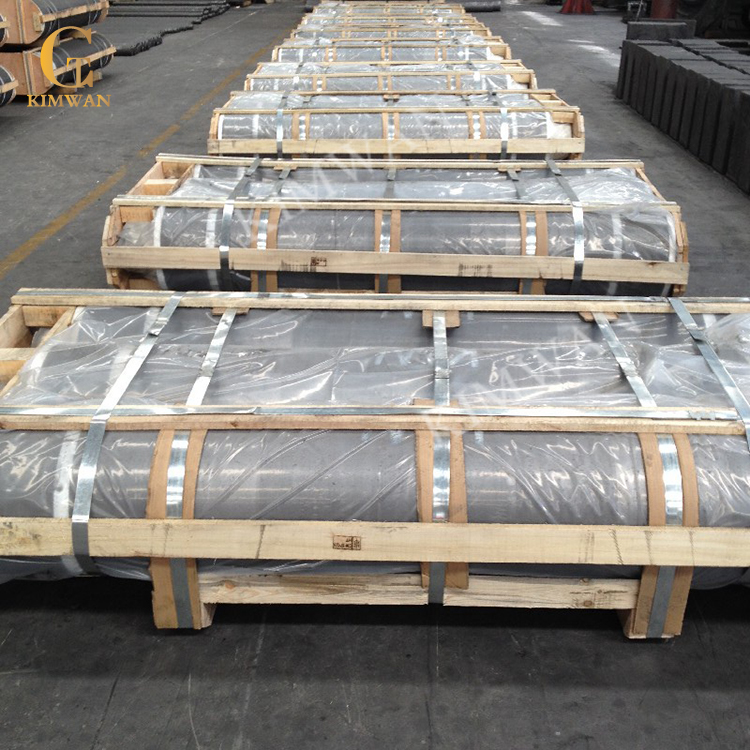Reasons for consumption in graphite electrode steelmaking
In the process of steel making, graphite electrodes will produce some consumption, which can be divided into normal consumption and extraordinary consumption. In normal consumption, there are three types of arc consumption, chemical consumption, and oxidation consumption. Although they cause damage to the graphite electrode, but the way But there are differences.
Chemical consumption refers to the reaction between the electrode and some impurities of iron, calcium, and fierce oxides in steel or the reaction with iron in molten steel. This consumption is also directly related to the quality of the steel and the diameter of the graphite electrode.
The arc consumption is also referred to as evaporation consumption, because a high temperature of up to 3000°C will be generated between the electrode and the charge, and the graphite electrode will continue to be consumed, accounting for about 40% of the normal consumption.
Oxidation consumption refers to the consumption produced by the reaction with oxygen during the steelmaking process, which is related to the atmosphere, gas temperature and gas flow rate in the furnace. It is found that 50%-60% of the normal consumption is the largest consumption.
The very consumption is the breakage of the machine at the wear level.

